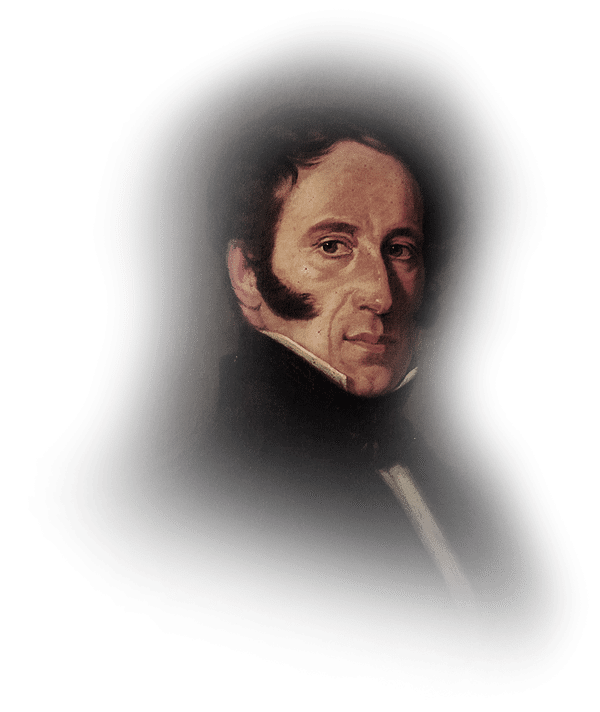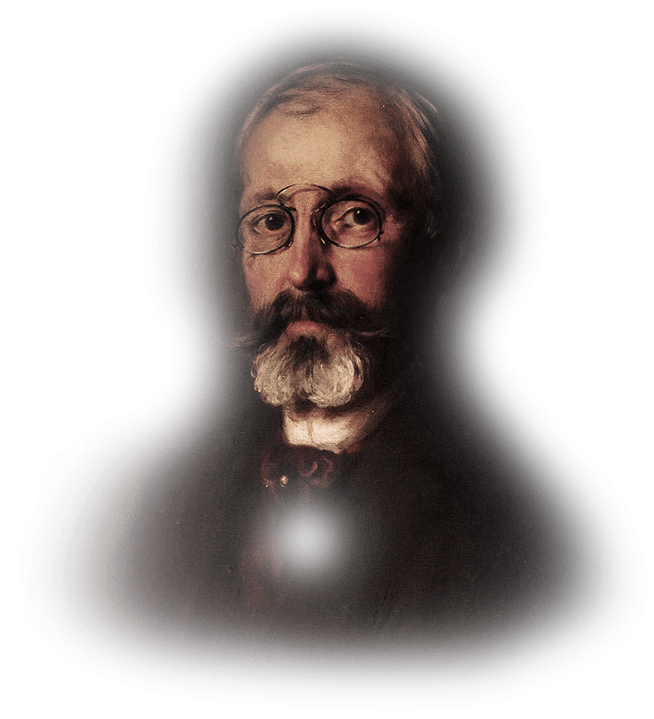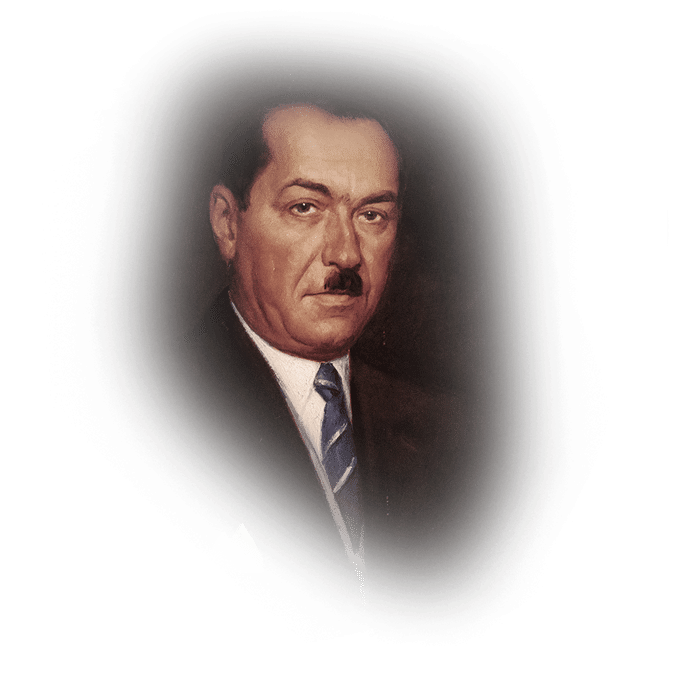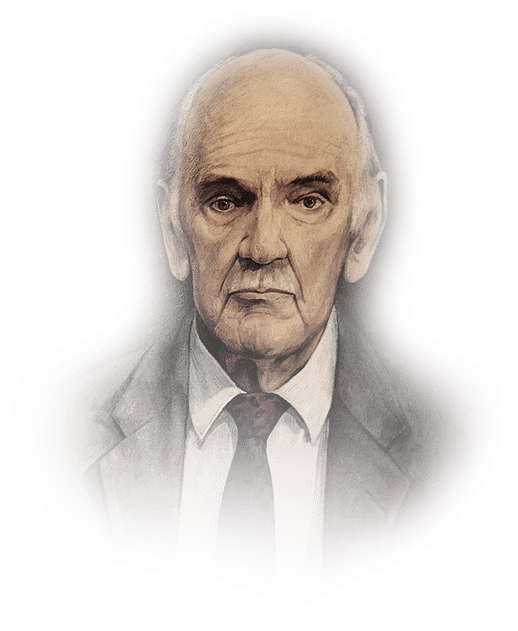Are you sure you want to perform this action?
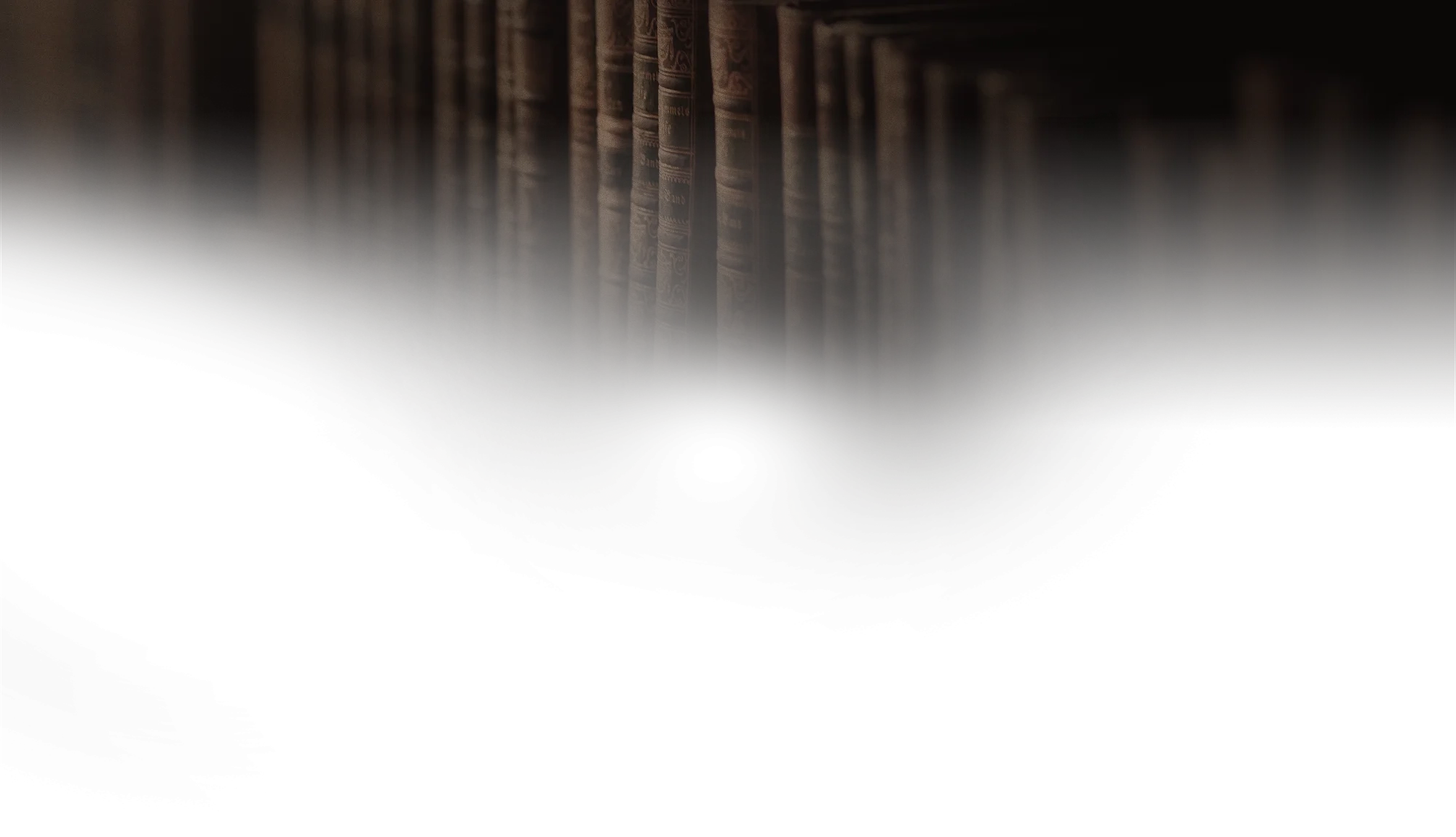
centuries
generations
Egon Müller and the Scharzhofberg.
There is a story to tell.
And it's not a short story, because great wineries are rarely created overnight. And rarely does everything happen without friction. Because in the big picture, history is rarely written by itself. On a small scale, however, everyone - and every winemaker - is his or her own historian. So is every Egon Müller in this story.
But before the first Egon Müller, there was a certain Jean-Jacques Koch, who acquired the Scharzhof in 1797 from the post-revolutionary French Republic. Koch thus laid the foundation of the estate in its present form. Koch was a beneficiary of the secularization that took place after 1794, when French revolutionary troops occupied Wiltingen and Kanzem. During the French Revolution the church, which had held the Scharzhofberg for many centuries, was expropriated. After the vintners of the monastery St. Marien and the Martyres, Jean-Jacques Koch now stood on the slopes of the Scharzhofberg. And supervised what was to happen there.
After Koch's death in 1829, the estate was divided among his seven children, according to the new inheritance laws of the time. Koch's daughter Elisabeth married Felix Müller, a soldier in the Napoleonic wars, who had immigrated to the Saar from Föhrenbach in the Black Forest. Since a few more inherited vineyards and also purchased vineyards were added, the property of the couple doubled quite quickly, so that both left a respectable inheritance of Riesling vines. This was especially true at the time when England and America were thirsty, when Riesling from the Saar became a success in export markets.
However, it took a marriage for the winery to take off. In 1887, the second son of Felix and Elisabeth Müller, Egon Müller I, married a girl named Therese Tuckermann from Cologne. And Therese's wealthy father, Eduard Tuckermann, liked the idea of acquiring a share in the winery from Egon's sister Felicitas for 150,000 gold marks – so once again the domain grew. In the following years, Therese Müller and Egon Müller I worked like mad to establish the Scharzhof's current reputation, a worldwide reputation was their goal. The wine enthusiasts of the world were to find out where this Scharzhofberg, from which such great, fine Rieslings were produced, was located.

-
1797Jean-Jacques Koch(*15.9.1762,†8.1.1829)1797
-
1850Felix Müller(*12.1.1789, †6.5.1859)1850
-
1887Egon Müller I(*22.3.1852, †8.5.1936)1887
-
1941Egon Müller II(*22.12.1887, †15.8.1941)1941
-
1945Egon Müller III(*14.7.1919, †15.1.2001)1945
-
1991Egon Müller IV(*20.8.1959)1991
-
Egon Müller V(*30.07.2000)
Such a thing does not happen overnight. But there were suddenly, in this crazy time of industrialization, new possibilities to quickly become known worldwide. And these opportunities had to do with the first globalization in world history at that time, the rapid course of which was presented at so-called "world exhibitions" from 1850 onward. The Müller family booked their own presentation booths for each world exhibition and served their Rieslings there to the freely streaming public. In 1900, the wines of the Scharzhofberg and the Müller family were celebrated at the "Paris Exposition Universelle et Internationale". The wines had arrived where they belonged - at the very top.
Egon Müller I was granted a long life. After his death, in 1932, the estate was divided between his sons Egon and Felix. Felix sought his own way and thus left the wine’s history.
Egon Müller II tragically managed the winery for only a few years. On July 12, 1941, he had a fatal accident with his tractor in the vineyard. His wife Elisabeth then managed the winery through the difficult war years with the support of their two daughters Marie-Therese and Marianne. Since there was a shortage of everything during this time, but especially of labour and fertilizer, the condition of the vineyards deteriorated visibly until the end of the war.
On August 15, 1945, Egon Müller III, born in 1919, returned home from English captivity and, after his first bath, immediately set out for the vineyards of the Scharzhofberg. The first harvest, which he brought in shortly thereafter in the autumn, recorded only 1,200 liters of Riesling on what were then 7.4 hectares of vineyards. That was as good as nothing.
But times were to get better, as were the revenues, and even exports were so good again that Egon Müller III was able to buy the neighboring vineyard "Le Gallais" from Madame Rochon de Pons in 1954. With Le Gallais, Egon Müller III acquired half of the 2.5 hectare vineyards in the Wiltinger sites "Kupp" and "braune Kupp" and leased the other half. These acquisitions and the leasing completed the Scharzhofberg vineyard and finalized the land growth.
From 1985 to 1991, Egon Müller III managed the Scharzhof together with his son, who of course again bore the name Egon. Egon Müller III remained active in the winery until his death in 2001, because a winery never lets go of you, nor can you let go of a winery. Today, Egon Müller IV continues to write the history of the Scharzhof. A story that you will read about here - sometime, in the years to come.
